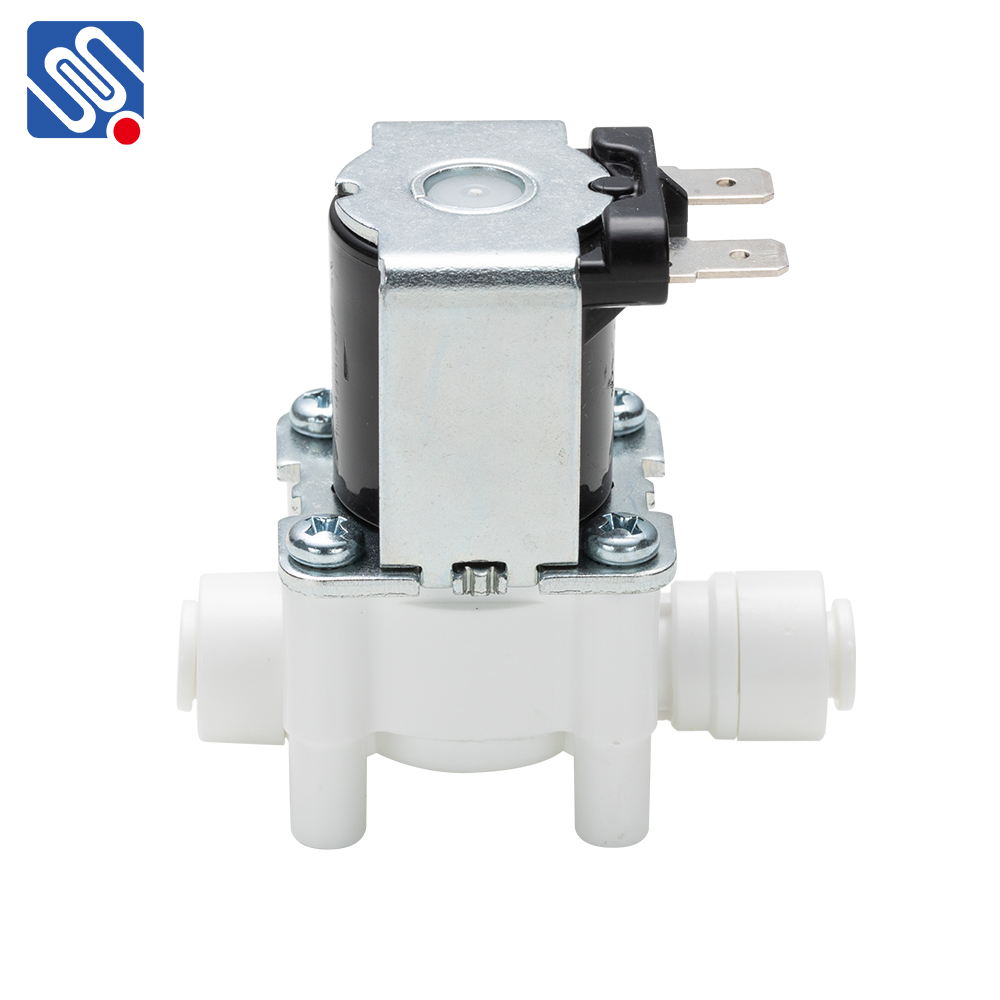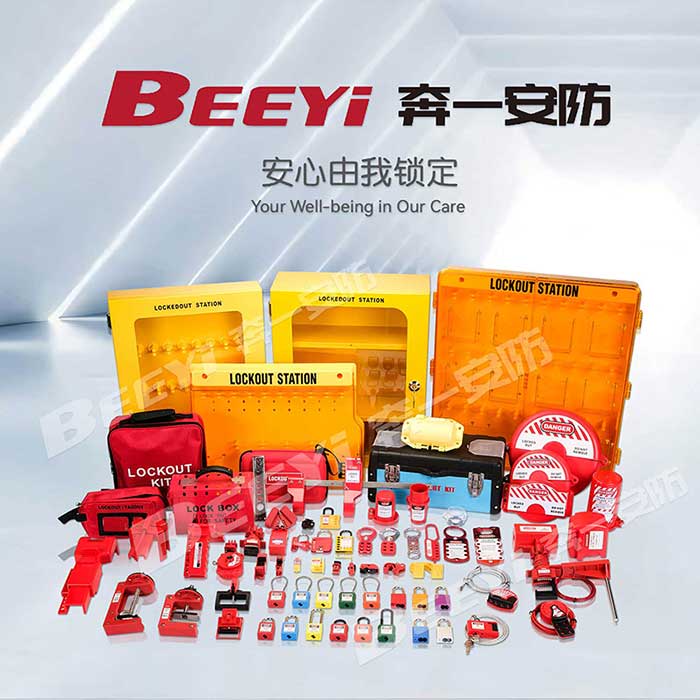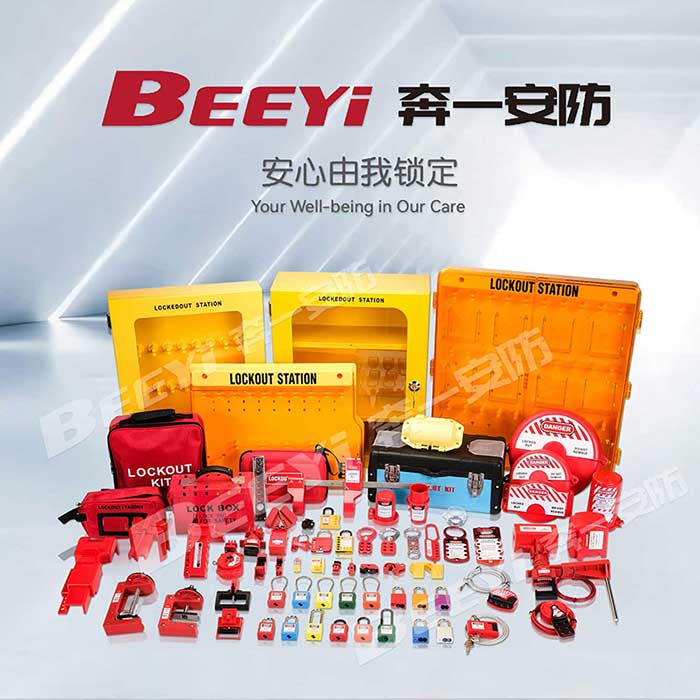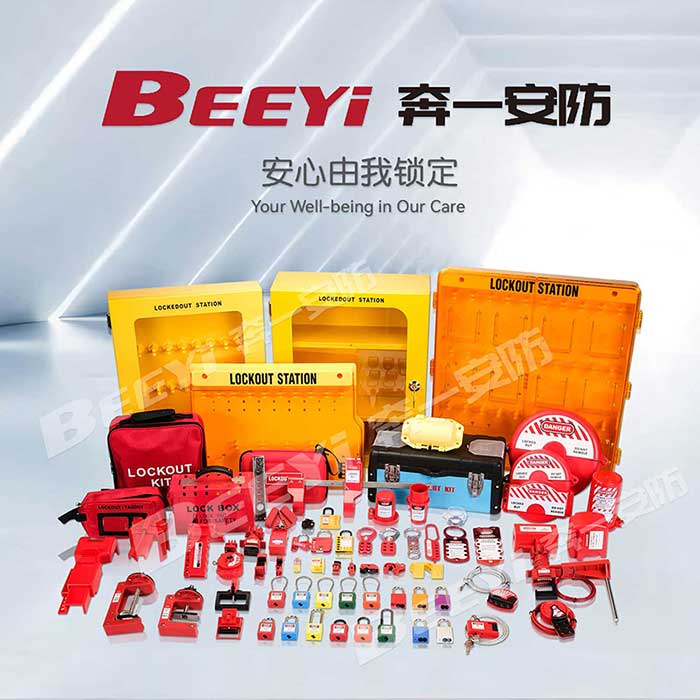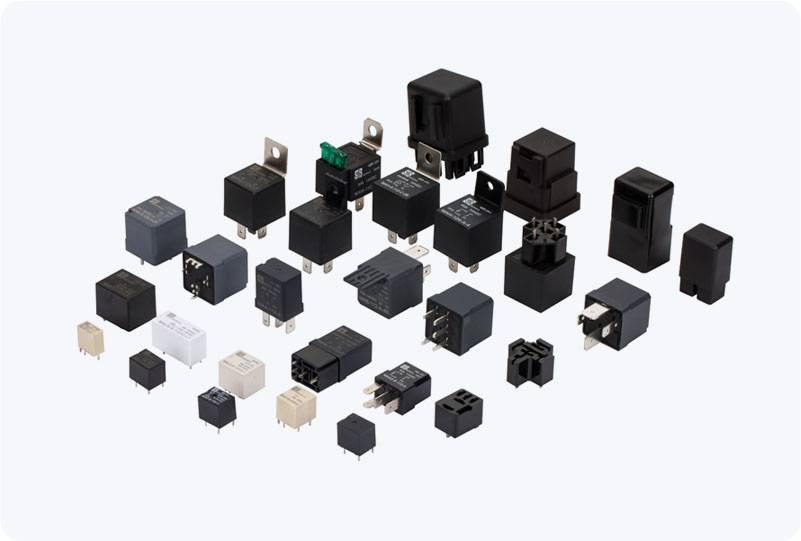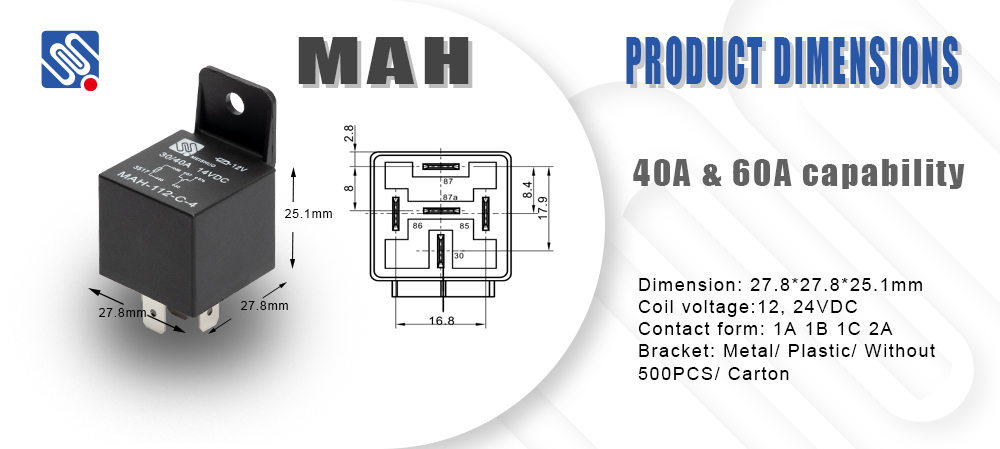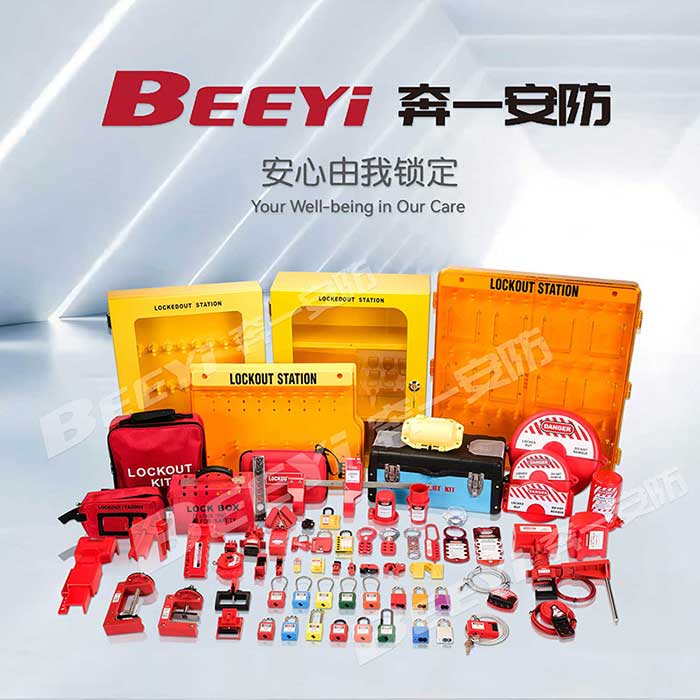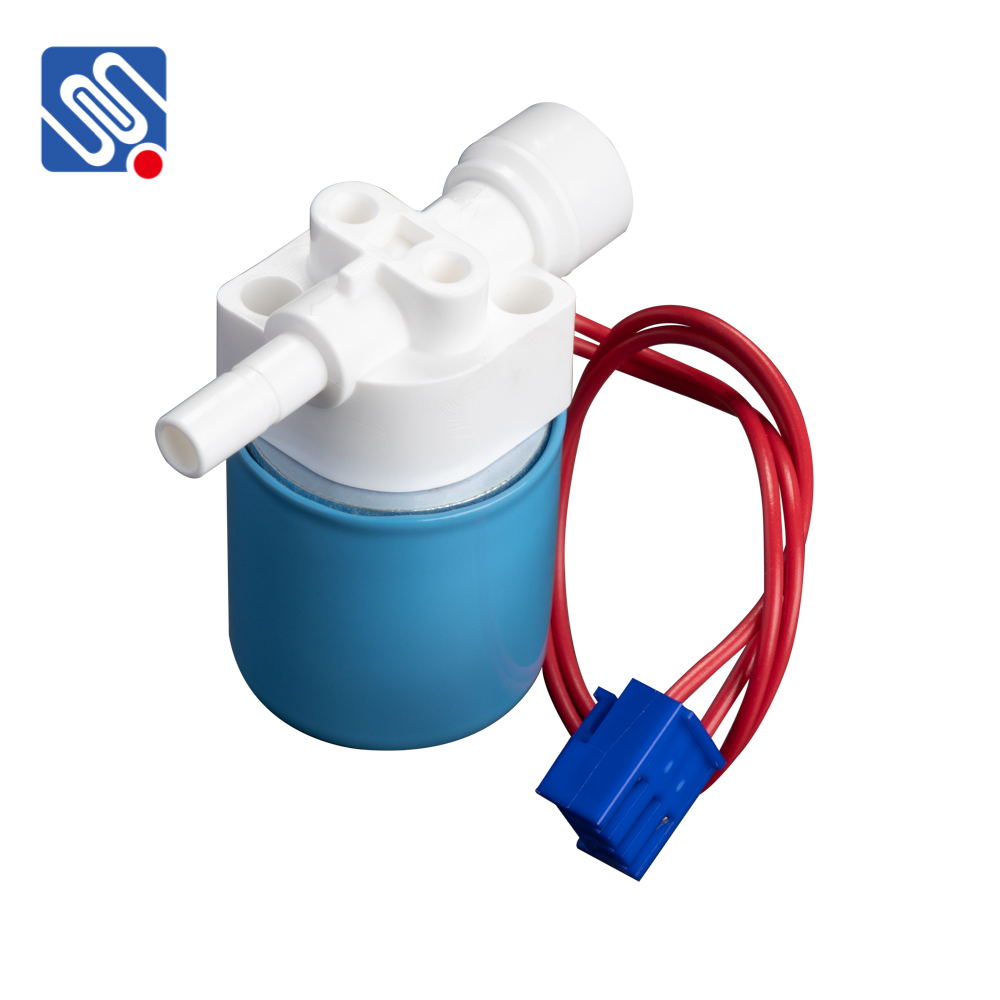The rise of smart homes has brought about significant changes in how we interact with everyday devices. Among the many innovations, the Alexa-Compatible Smart Relay stands out as a key player in the realm of home automation. By seamlessly integrating with Amazon’s voice assistant Alexa, this device allows users to control a wide range of appliances and systems in their homes with just a voice command. But what exactly is an Alexa-Compatible Smart Relay, and how does it enhance the smart home experience? In this article, we will explore the technology, features, and potential applications of this innovative device.
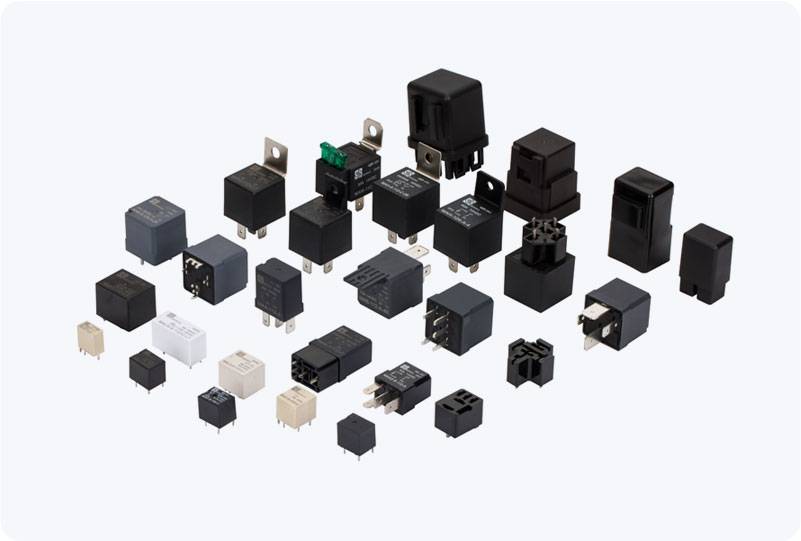
What is an Alexa-Compatible Smart Relay? An Alexa-Compatible Smart Relay is essentially a smart switch that acts as a bridge between traditional electrical devices and modern smart home ecosystems. It connects to appliances like lights, fans, or even larger devices like refrigerators and air conditioners, enabling users to control them remotely via the Alexa voice assistant. This type of relay allows for wireless communication, making it possible to manage appliances without physical interaction. Instead, users can issue commands through Alexa-enabled devices, smartphones, or even set automated routines.
